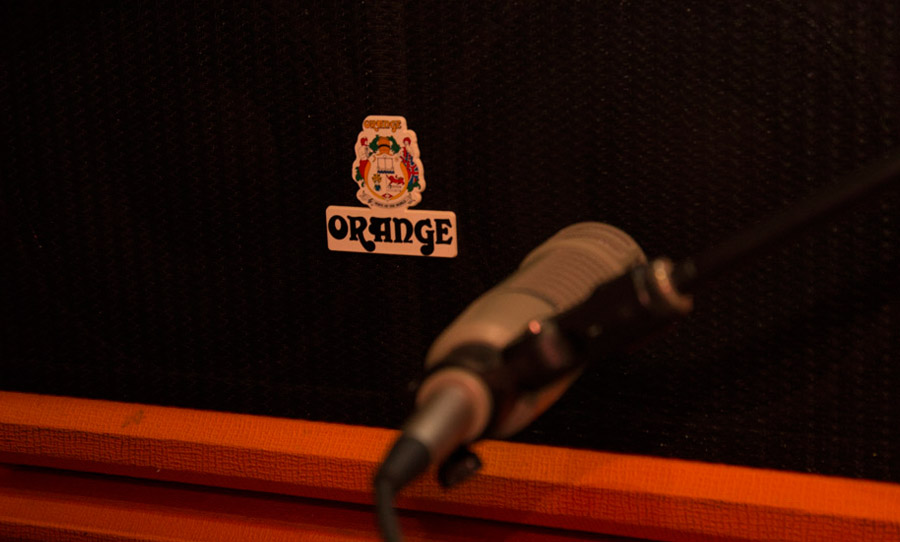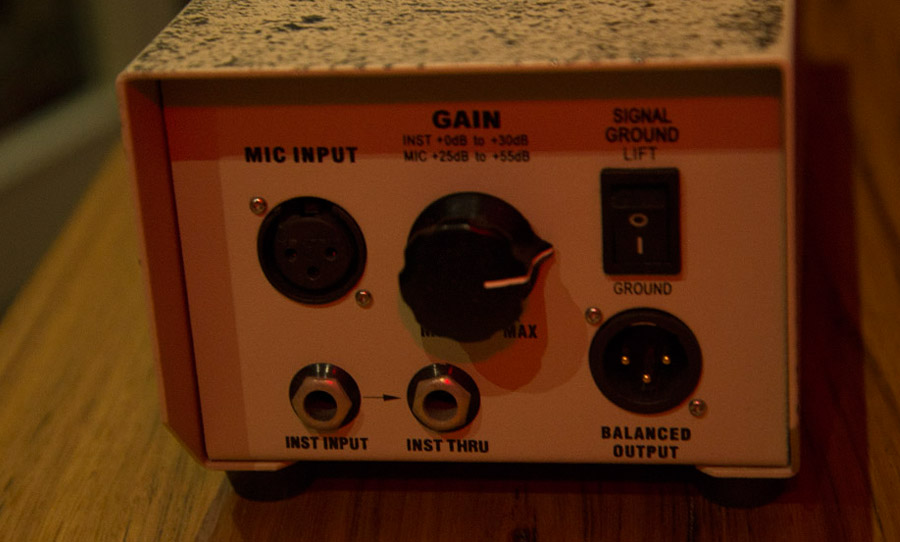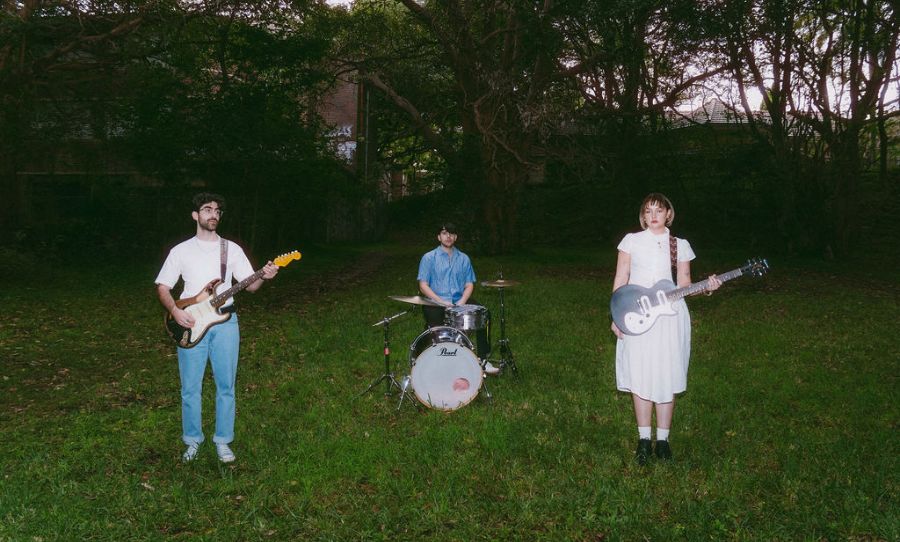Recording bass guitar in the best way possible for a song is a pretty important task. Bass, however, does tend to be a pretty low maintenance instrument, which some might feel doesn’t warrant a great deal of attention. The common lament is that engineers spend an inordinate amount of time getting the right drum sound (and so they should).
The drums, after all, are possibly the most challenging acoustic instruments to mike up and phase align. Would you spend the same amount of time getting the right bass sound? Well, you probably don’t have to. Yet, there should be attention paid to all the possibilities when recording bass.
Bass is a bit of dark horse in recording, but when it’s done right, it can make a track absolutely thump and sparkle. Don’t let recording bass fall by the wayside.
Playing as a Group
I feel like most bands who have studio experience has at least one story that reads as follows: they spent hours in pre-production, gelling as a band, getting the song super tight, bass and drums totally in the pocket. Then they arrive at the studio, only to have the drummer and bassist separated by two or three rooms, only recognisable to each other through multiple panes of glass and through a crackly headphone mix.
Not cool. Yes, separation of sound sources should be pursued in order to achieve minimal spill, and maximum control, but at what cost?
The DI Box
This humble unit performs the necessary task of converting the high-impedance, unbalanced, line-level signal from the bass, to a low-impedance, balanced, mic level signal that can be patched into a console or DAW input. Nowadays, the DI has achieved a very high level of craftsmanship and sound quality, ranging from passive options to amp modelling units from companies like Radial and Sansamp. Tube varieties like Groove Tube’s “The Brick” are increasingly sought after. There are a plethora of options to suit any taste.
Perhaps the two greatest benefits of the DI is its portability and silence, allowing the player to be with the band with all its communication benefits, with zero spill.
Miking Amps
Assuming you have the space and separation available, pulling the bass tone from a cabinet can be a joyous experience. More so than guitar, a lot depends on the driver size when tracking a bass amp. Smaller drivers tend to have a punchy, mid-range tone, while a bigger driver, say 15-inch, sounds more woofy and vintage. Lots of amps have dedicated and controllable tweeters that can add a modern crispiness to the tone as well.
Miking choices for bass cabs are incredibly varied, but generally tend to favour microphones with smoother frequency responses rather than brash and toppy dynamics that you might find on a guitar cab (like the Shure SM57). The Sennheiser MD421, for example, is a classic bass cabinet option, with large diaphragm condensers also being quite popular.
In an ideal world, you could take advantage of all these options. With the emergence of re-amping devices, this is becoming more possible. There are also a growing array of amp modelling plugins that faithfully recreate classic amp tones. What’s more important though, is to create an environment in the recording studio in which the best possible performance can be captured.


